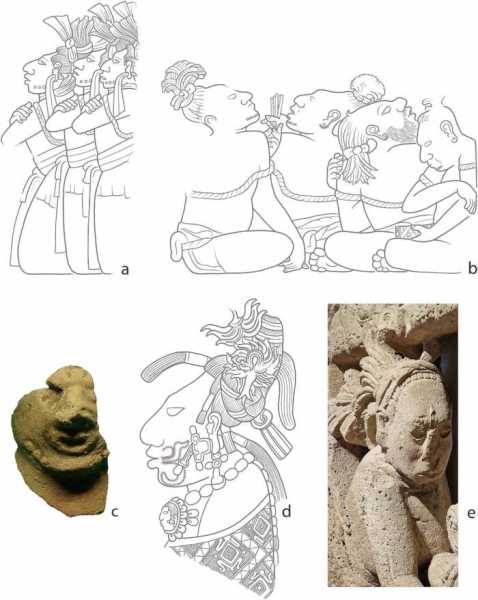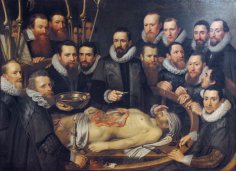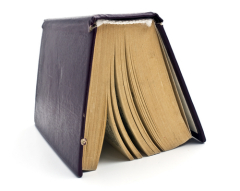The researchers also found remnants of what is believed to be soot-based ink still present on the tips of these stone tools, left over from the tattooing process that took place during the Classical Period, which spans 250 to 900 CE.

WJ Stemp/C. HelmkeAncient Mayan tattooing tools found in the Handprint Cave in Belize.
To further confirm whether these objects were indeed tattooing tools, the researchers conducted an experiment. They created replicas of the burin chips and used them to tattoo fresh pigskin (the animal skin closest to human skin). As a result, they found the same wear pattern on the “new” burial chips as on the “old” ones./p>
This is an exciting discovery not only because it is the first of its kind, but also because of the significant role tattoos played in Mayan society.
The Important Role of Tattoos in Mayan Culture
The Maya lived in Mesoamerica from approximately 2000 BCE to 1600 CE, with their most significant era (the Classic Period) spanning from 250 to 900 CE. During this time, tattoos played an important role in Mayan society.
Although little physical evidence of Mayan tattoos remains today, Spanish conquistadors described a widespread tattoo culture among the Maya. Tattoos were worn by both men and women, and served as symbols of beauty for women and courage for men. Tattoos often featured images of animals such as bats, eagles, or snakes, and traditional Mayan art suggests that tattoos often featured geometric patterns as well.
Sourse: www.allthatsinteresting.com





